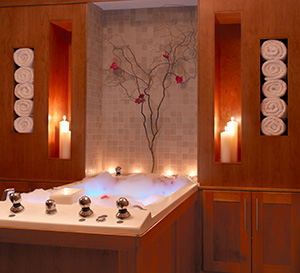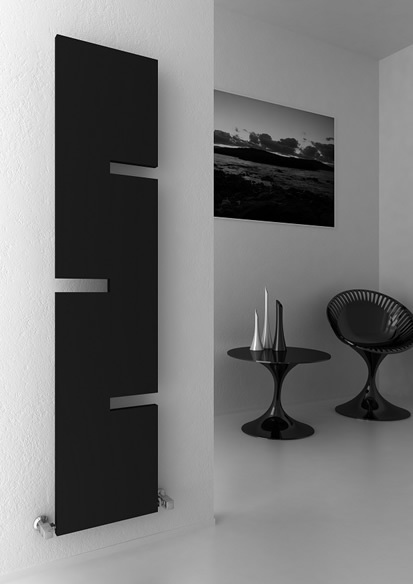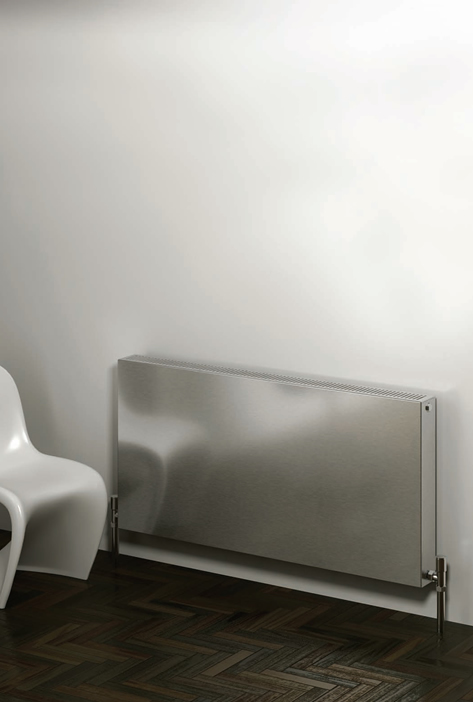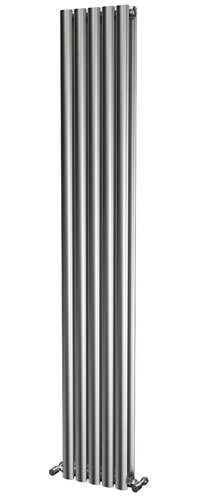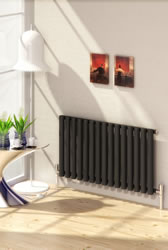Kitchen makeovers are rarely cheap unless you have been lucky enough to be selected by a TV makeover programme to have the work done for free. And if you have, don’t start congratulating yourself yet because you could end up with a monstrosity only a flamboyant designer could love.
Because cost is such an issue, or at least it is for the majority of people, it is often tempting to try and cut corners on the budget. So instead of ripping out everything and starting with four walls and a window, you decide to keep the existing radiator and flooring in the hope that nobody will notice. But this is a huge mistake if you want the end result to be super stylish. It won’t be as expensive as you think to replace your old, slightly rusty radiator with a smart new designer towel radiator and the end result will be well worth it.
Does My Kitchen Need a Radiator?
Unless your home is still at the design stage, it is highly likely that you have at least one radiator in your kitchen. Radiators are a standard feature in the majority of
If you are not sure whether a radiator is necessary, consider what else throws out heat in your kitchen. Do you have an Aga for example? If so, you can probably do without a radiator unless the Aga is for show only. You may also be able to manage without a kitchen radiator if you have a wood burning stove or similar in the kitchen.
A Multi Functional Appliance
Before you opt to do without a radiator, remember that a radiator is more than just a source of ambient heat. Most people use radiators for other things. For example, radiators can be used to dry clothing, tea-towels, etc. They are very useful for hanging damp tea-towels and hand towels. They are also great for drying small items of laundry on damp days. So if you currently use your kitchen radiator for all that and more, or if the dog likes to have snooze beneath it on cold days, think twice before removing it and tossing it in the skip during your kitchen renovation.
Install a Designer Kitchen RadiatorOnce you have established that you can’t possibly live without a kitchen radiator, the next stage is to consider whether (or not) you can live with the existing one. This will probably be an easy decision to make if you are spending lots of money on a designer kitchen and the existing radiator is old, chipped and rusty. But even if you are trying to save money on the project, a new radiator won’t break the bank and it will more than pay for itself when the kitchen installation is complete and you survey your smart new room. Designer kitchen radiators come in many different styles and are available to suit all budgets. A beautifully sleek, vertical radiator will really add something special to a smart, modern kitchen design and a polished chrome radiator is the perfect accompaniment to a designer kitchen. You can use a towel radiator to hang towels, damp dish clothes and miscellaneous items when the weather is cold and wet outdoors. |  |
And finally, don’t forget that your old radiator has scrap value. Don’t throw it in the skip – instead take it to your local scrap merchant and pocket a bit of cash. You can put this towards the cost of a new designer radiator!

